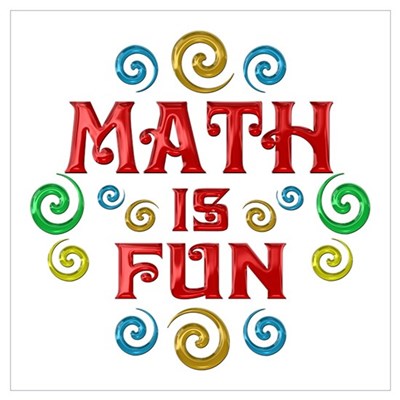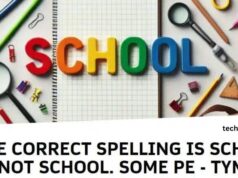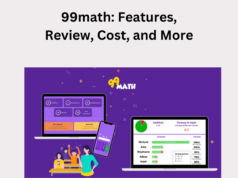When the teacher says it’s time to get out math books, moans and groans echo in the classroom. Math does not have to be a boring drudgery to children. Math can actually be quite interesting.
In order for teachers to inspire kids to be enjoy math they have to make it appealing and interesting. Many teachers follow the same routine day in and day out. They go over the concept they want to teach, on a whiteboard with markers, as the children listen and watch at their seats.
Not Just Skill and Drill Math
The kids are yawning, doodling, or possibly sleeping due to the lack of engagement. To have kids engaged means to have them actively participating in the learning. Children must have hands on experiences in many subjects in order to fully retain the concept or skills taught.
This is not just true of primary age children. Even older kids in middle school and high school can benefit from more hands on experiences in math. Being able to see and manipulate what is taking place in the concept helps give kids a better understanding.
Engaging Math Lessons Keep Kids Involved
Teachers are strapped emotionally and physically drained at the end of the day, but it doesn’t have to be that way at all. Many times that emotional roller coaster could be turned into a merry-go-round. Planning more engaging math activities diminishes many discipline problems within a classroom. When kids are engaged in learning they don’t have time to misbehave.
Taking the time to plan creative activities to teach math skills will improve the overall climate in the classroom. Little Johnny doesn’t want to pester Mary because he is more interested in what the class is doing. He hears the clatter of voices, the giggles, and is wondering what the excitement is all about. Soon he is right in the thick of the activity and not pestering another child or the teacher.
Tips to Keep Math Creative
In order to keep math creative it takes some time and planning. First, teachers must look at the skill or concept they want to teach, and then decide how they could incorporate the skills into an exciting activity. The lesson has to be quality instruction, not just an fun.
As these new ideas emerge teachers can make a portfolio of new ideas to use from year to year. Each year he/she may choose to adapt them to add a new twist.
Creative Math Tidbits
Teach fractions using 2 different colors of bubble gum or two different kinds of cereal pieces.
Teach measurement by having students measure the hall in inches, feet, centimeters, and meters. Let students use various measurement tools such as a ruler, yard stick, meter stick, and tape measure.
Teach patterns using colored miniature marshmallows and snipped skewer sticks.
Teach bar graphs using Skittles, M&Ms, Fruit Loops, Gummy Bears, or just about anything that comes in multiple colors. If the kids can eat their work, that is usually an added incentive.
Make 3-D geometric shapes using gumdrops and toothpicks. Challenge students to combine shapes to create basic structures.
When teaching addition or subtraction skills, use buttons, Lima beans, colored disc, or anything they can manipulate to get their answer.
Let kids follow directions in a recipe to measure ingredients and make a tasty treat. Recipes are real life application activities.
To make math more fun and appealing, keep kids actively engaged in creative fun activities.


















